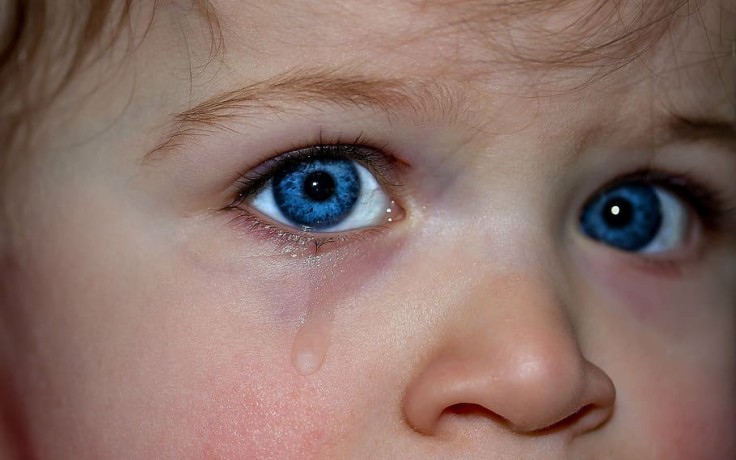
A tech startup has received approval from the U.S. Food and Drug Administration (FDA) for Luminopia One, a product designed to treat "lazy eye" in children using virtual reality technology.
In a press statement via Business Wire, Luminopia One CEO Scott Xiao expressed his gratitude for the FDA approval of the "first-of-its-kind digital therapeutic product" that will help kids improve their vision. Before this modern approach, kids with lazy eyes have been usually asked to wear an eye patch for more than a year to treat their condition, as in the case of Camille, who is seven years old.
In an interview with USA Today, Camille's mother, Jaye Setty-Collier, said that her child was diagnosed with lazy eye, also called amblyopia, at the age of three, and she was "very resistant" about wearing the eye patch. But when Camille shifted to using Luminopia One, her mother said that she went from crying over the eye patches to asking for more time to use the virtual reality technology.
Read Also: Child Receives Treatment at Texas Hospital for First' Rare Human Case of Rabies' in a Decade
How Luminopia One Works for Lazy Eye
Luminopia One does away with the old approach as it has the mechanisms of a virtual reality headset that allows the children to enjoy their favorite shows. In the process of watching a program, their visual acuity improves over time.
The FDA-approved virtual reality gadget for young kids can be used one hour a day. As they watch, the headset blurs the image for one eye while enhancing the image for the other eye.
In a peer-reviewed study for Luminopia One, experts saw an improvement for kids with the lazy eye within 12 weeks of continued use. Pediatric opthalmologist Dr. Allison Babiuch, who is not connected with the product, said that this approval is significant since the current eye patch treatment for amblyopia is too outdated and lacks compliance for the kids.
"[It] has been the same boring thing for so long and this feels like a 21st-century treatment," she said.
The study also indicated that the compliance rate for the virtual reality gadget to treat lazy eye is 88 percent in children and 100 percent with the guidance of the parents. Dr. Monte A. Del Monte also cannot discount that the Luminopia One is becoming the popular option for kids and their families.
What is Lazy Eye?
Lazy eye is a common vision impairment in young children between the ages of three to seven years old, which could lead to permanent vision loss if not treated as soon as possible. Per Mayo Clinic, a lazy eye results from abnormal development in the child's nerve pathways from the retina tissues to the back of the eye and the brain. It can happen because of a muscle imbalance, a difference in the sharpness of the eyes' vision, or deprivation in the cataract (the lens of the eyes).
Factors that may impact lazy eye include premature birth, a family history, a small birth weight, and other developmental disabilities. Symptoms of amblyopia may include squinting, tilting the head when looking at something, or shutting down one eye. The sooner a child receives treatment, the better their chances are for avoiding lifelong problems with vision.
Luminopia One is expected to be commercially available in the market in 2022.
Related Article: Half of Kids Under 6 Exposed to Lead Poisoning, New Study Says